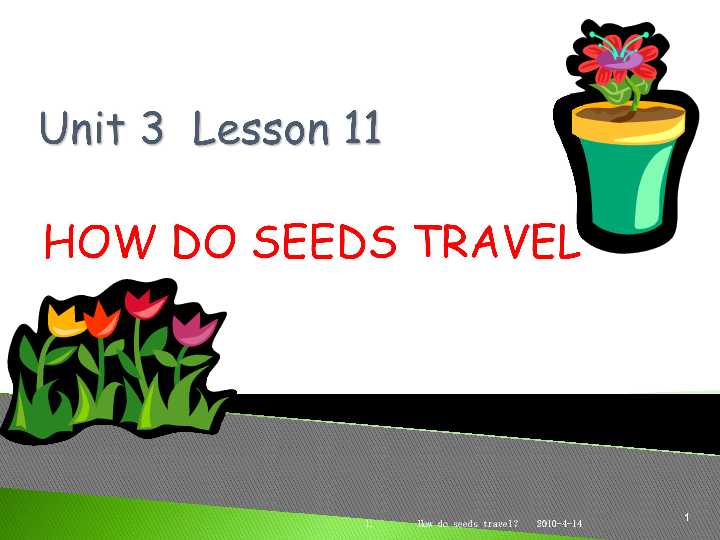How Far Does a Honey Bee Travel? Discover the Amazing Journey of These Essential Pollinators
Guide or Summary:Introduction to Honey BeesHow Far Does a Honey Bee Travel?The Foraging Behavior of Honey BeesThe Importance of PollinationFactors Affecting……
Guide or Summary:
- Introduction to Honey Bees
- How Far Does a Honey Bee Travel?
- The Foraging Behavior of Honey Bees
- The Importance of Pollination
- Factors Affecting Honey Bee Travel Distance
- Conservation and Protection
**Translation of "how far does a honey bee travel":** How far does a honey bee travel?
Introduction to Honey Bees
Honey bees are fascinating creatures that play a crucial role in our ecosystem. They are not just known for producing honey but are also essential pollinators for many plants, fruits, and vegetables. Understanding their travel patterns can give us insight into their behavior, the health of our environment, and the importance of protecting these vital insects.

How Far Does a Honey Bee Travel?
When we ask, "How far does a honey bee travel?" the answer can vary based on several factors, including the availability of food sources and the specific species of honey bee. On average, a worker honey bee can travel up to 5 miles from its hive in search of nectar and pollen. However, in optimal conditions, they can venture even further, sometimes reaching distances of up to 8 miles or more. This impressive range allows them to forage effectively and gather the resources needed to sustain their colony.
The Foraging Behavior of Honey Bees
Honey bees are known for their remarkable foraging behavior. They typically visit hundreds of flowers in a single foraging trip, collecting nectar and pollen. The distance they travel is influenced by the density of flowering plants in their vicinity. If flowers are abundant nearby, bees will generally stay closer to the hive. Conversely, if food sources are scarce, they will travel further afield. This adaptability is crucial for their survival, especially during times of resource scarcity.
The Importance of Pollination
The journey of a honey bee is not just about collecting nectar; it plays a vital role in pollination. As honey bees travel from flower to flower, they inadvertently transfer pollen, facilitating the reproduction of many plants. This process is essential for the production of fruits, vegetables, and nuts. In fact, it's estimated that one-third of the food we consume relies on pollination, with honey bees being responsible for a significant portion of that work. Understanding how far does a honey bee travel helps us appreciate their role in our food systems.

Factors Affecting Honey Bee Travel Distance
Several factors can affect how far honey bees will travel. Weather conditions, availability of food, and the health of the colony all play a role. For instance, on a warm, sunny day, bees are more likely to venture further than on a cold or rainy day. Additionally, if a colony is strong and healthy, it may send out foragers to explore greater distances in search of food. Conversely, a stressed or weakened colony may limit its foraging range.
Conservation and Protection
Given the critical role that honey bees play in our ecosystem, understanding their travel patterns is essential for conservation efforts. Habitat loss, pesticide use, and climate change are significant threats to honey bee populations. By protecting their habitats and ensuring the availability of diverse food sources, we can help sustain these essential pollinators. Supporting local beekeepers and planting bee-friendly gardens are practical steps individuals can take to contribute to honey bee conservation.
In summary, the question "How far does a honey bee travel?" reveals much more than just a distance. It encompasses the intricate behaviors, ecological importance, and the challenges faced by these remarkable insects. By recognizing the significance of honey bees and their foraging journeys, we can better appreciate their contributions to our environment and food systems. Ultimately, understanding and supporting honey bee populations is vital for a healthy planet.
